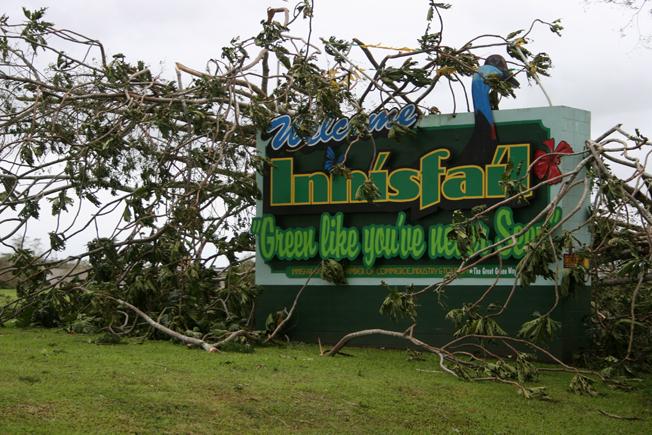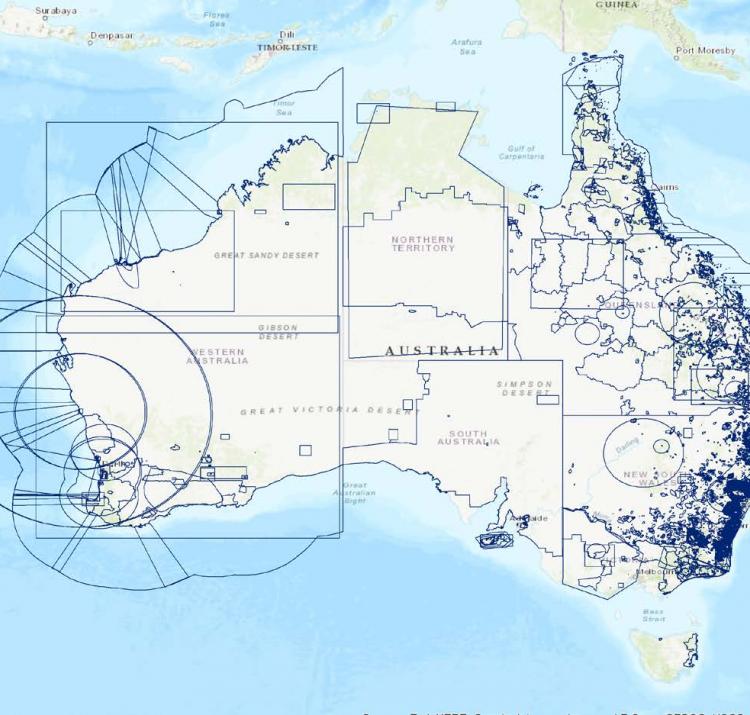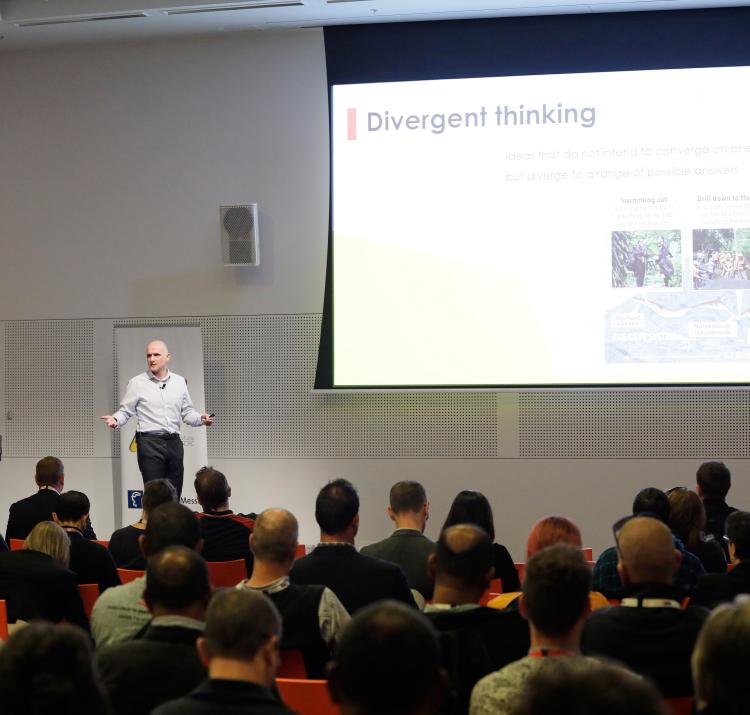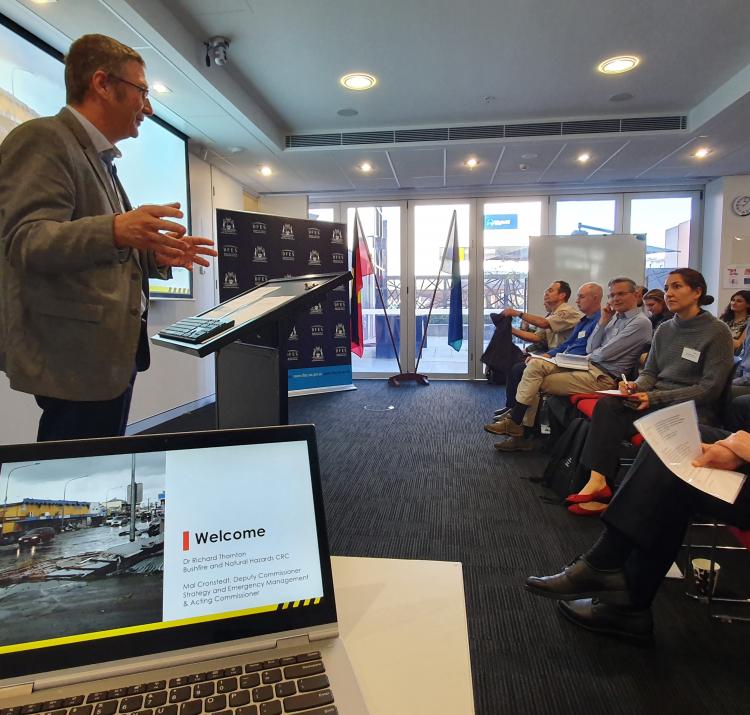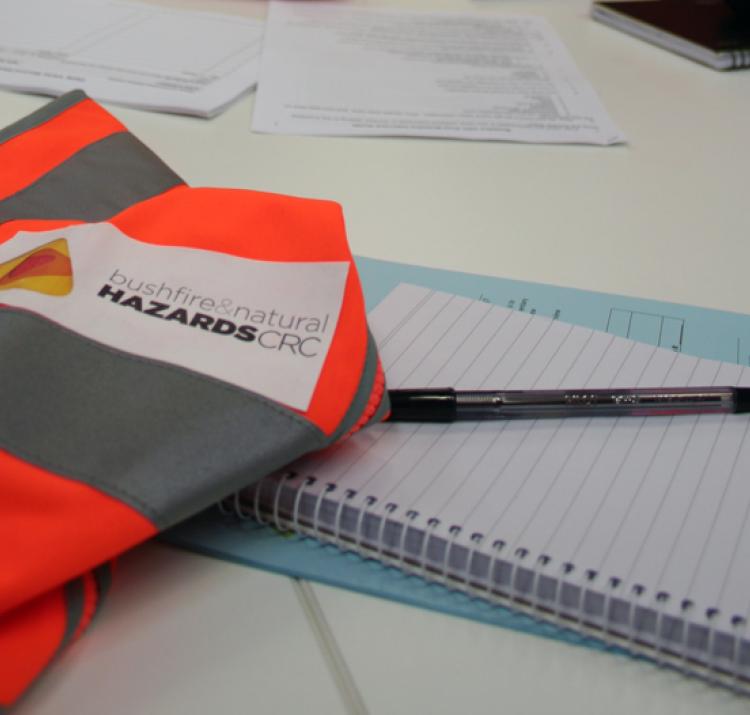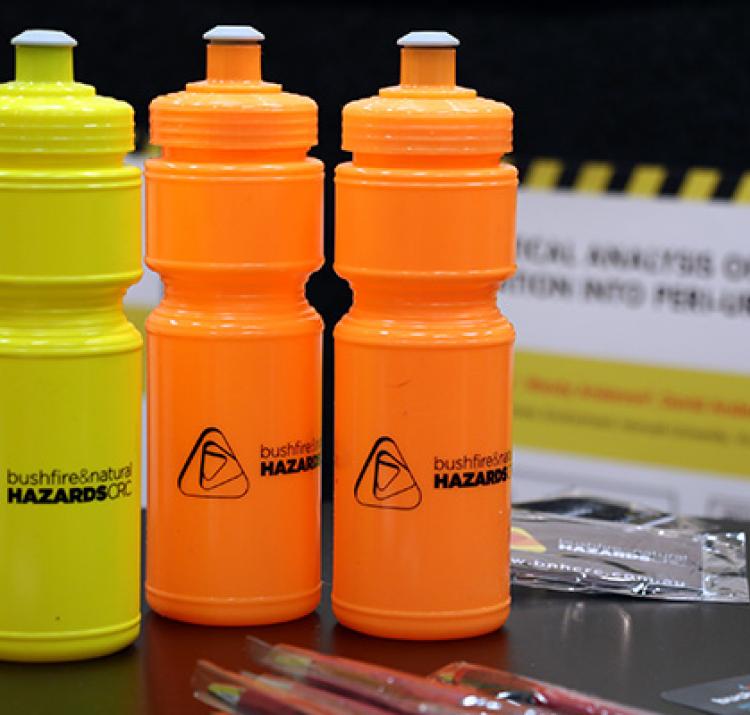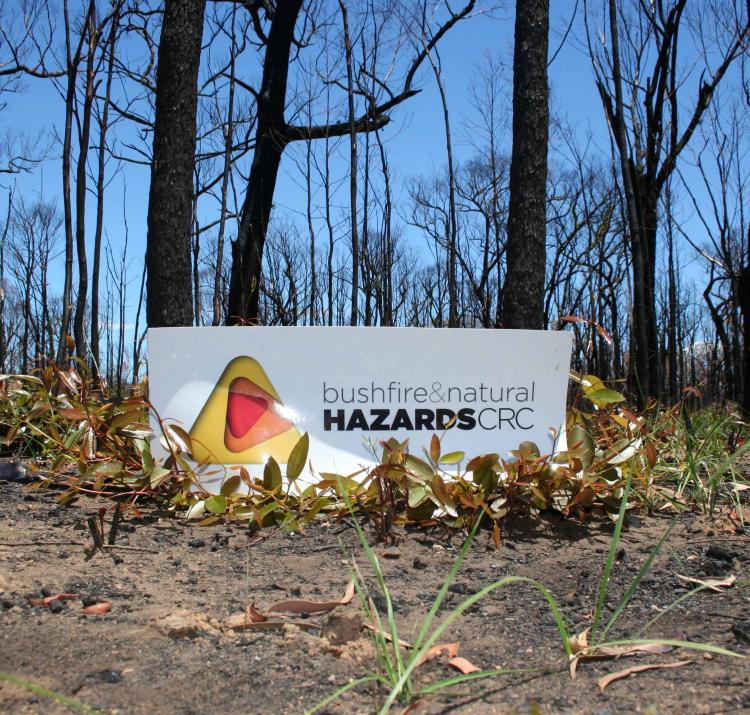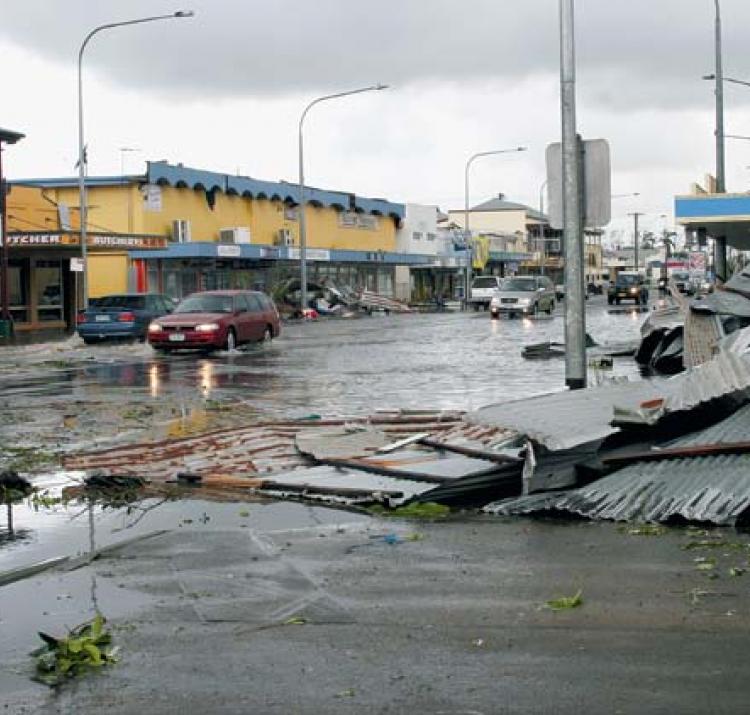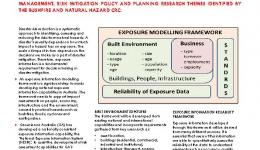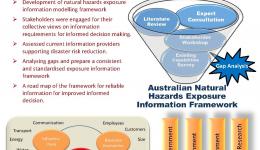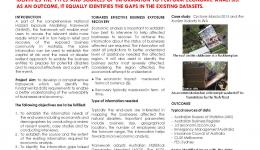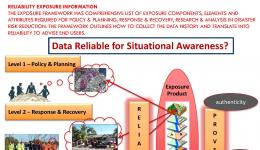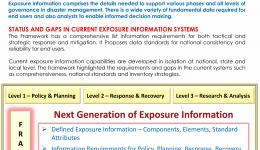Research leader
Research team
End User representatives
Exposure in disaster risk reduction describes what is at risk; including people, buildings, infrastructure, businesses, hazardous substances and primary industries. Exposure information comprises the details needed to support situational awareness at all levels of governance and in various phases of disaster management.
The severity of a disaster depends on how much impact it has on exposure. The scale of impact in turn depends on the decisions made as a part of disaster mitigation. Therefore, exposure information is a fundamental requirement for decision making in disaster mitigation.
This project addressed the data and knowledge gaps and requirements for disaster resilience, resource assessment, emergency management, risk mitigation policy and planning. It identified the fundamental data requirements and modelling framework to derive exposure information to enable a better understanding of the vulnerability of people, buildings and infrastructure.
The project is a significant step towards developing national exposure information capabilities in Australia. The framework will support impact assessments on people, economy, infrastructure and the environment, caused by natural hazards such as bushfires, floods, cyclones and earthquakes.
A number of nationally consistent frameworks were developed, which will help a diverse range of end-users. The frameworks include:
- Built environment exposure – considers the attributes of assets to assess their vulnerability to natural hazards. The building exposure considers usage, type, structural system, number of storeys, size, age, attachments, replacement value and contents value. The infrastructure sectors considered are transportation, energy, communication, urban water supply, waste management, hazardous substances and major industries. The primary industries considered are agriculture, fishing, forestry and mining sectors.
- Business and economics exposure – consists of business definitions, assets and activities which are deemed necessary for assessment of business continuity, disruption, resilience and recovery indicators in disaster management.
The study also reviewed current exposure information provision capabilities to identify key issues, needs, gaps, overlaps and deficiencies. An extensive literature review has been undertaken, along with stakeholder consultations to identify comprehensive list of information requirements. A survey with end-users identified significant gaps in the availability of existing data and the translation into meaningful information for evidence based disaster decision making. The built environment exposure information framework has been completed. To reduce the complexity, it categorises the information into three levels depending on the requirements of the user: policy and planning; response and recovery; research and analysis. The framework presents the fundamental characteristics of exposed assets to natural hazards as components, elements and attributes. The exposure components considered in the framework are buildings, people, businesses and infrastructure.

